OUR VILLAGES
16 villages with unique charms
From the Riberal plain to the doors of the Conflent, from the Canigó foothills to the Aspres massif, our 16 municipalities open the doors of their history and their terroir.
Halfway between the sea and the Pyrenees Mountains, come and enjoy our destination in its diversity and its richness. Looking for a view? From one of our belvederes, contemplate our land and be enchanted by this painting of thousand colours with “Its Majesty” the Canigó Mountain in the background.
“Don’t buy postcards, live it here…”
In the hollow of a river or in the heart of a vineyard, let yourself be surprised by the charms of these villages with unique charms.
The discovery does not stop there! Did you know that the department of Pyrénées Orientales is distinguished by its 4 municipalities classified as “Most beautiful villages in France”? They are all easily accessible from our wonderful territory!
Find these nuggets of history on https://www.tourisme-pyreneesorientales.com/plus-beaux-villages-de-france
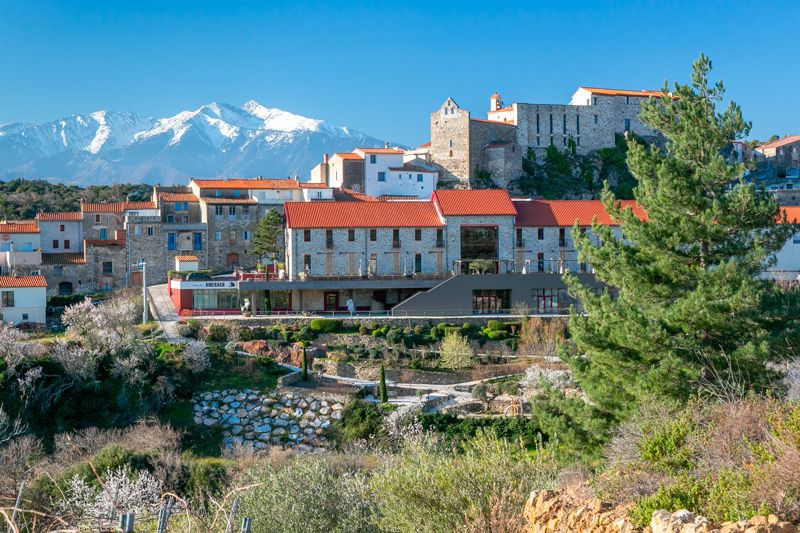
BELESTA
Among kingdoms of France and Aragon, Bélesta was a border. Nowadays the village is the natural link between Roussillon and Fenouillèdes. With its terroir made of schist and granite, Belesta overlooks one of the most beautiful vineyards of the Mediterranean. Don’t resist the urge to visit a domain to taste exceptional local wines.
Go back in time and meet the first men who populated the region during the Neolithic period in the Prehistory museum and La Caune cave. Discover the history of Catalonia along the historical canals of ‘’celleres’’ and ‘’casots’’. Then take a dive into the charms of the village which successfully preserved a culture and an art of living over time and makes Bélesta a pleasant stop.
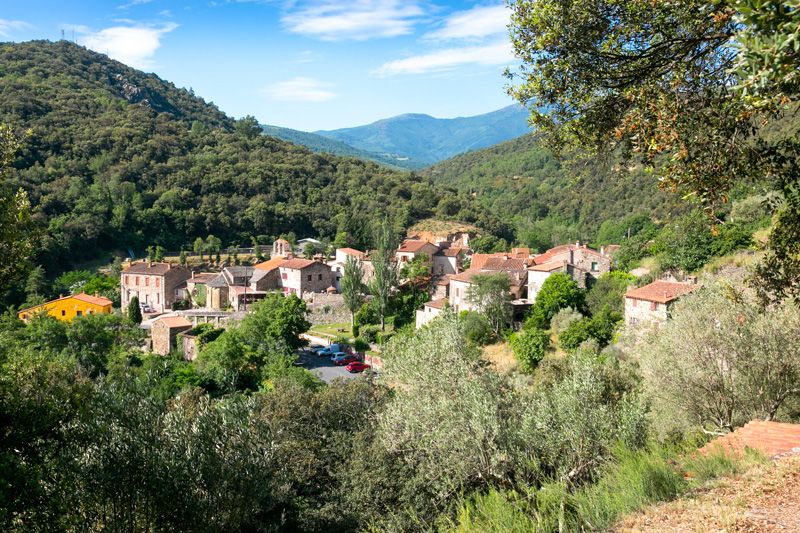
BOULE D’AMONT
Here, in the heart of the Boulès valley is sheltered one of the Roman Catalan art jewel. Perched at 600 meters high, the priory of Serrabona delights by its beauty and the finesse of its sculptures.
Boule d’Amont is a small typical village of the Aspres that charms by its authenticity and environment. Hikers, hunters or mushroom pickers: take notes! Boule d’Amont is your land of milk and honey!
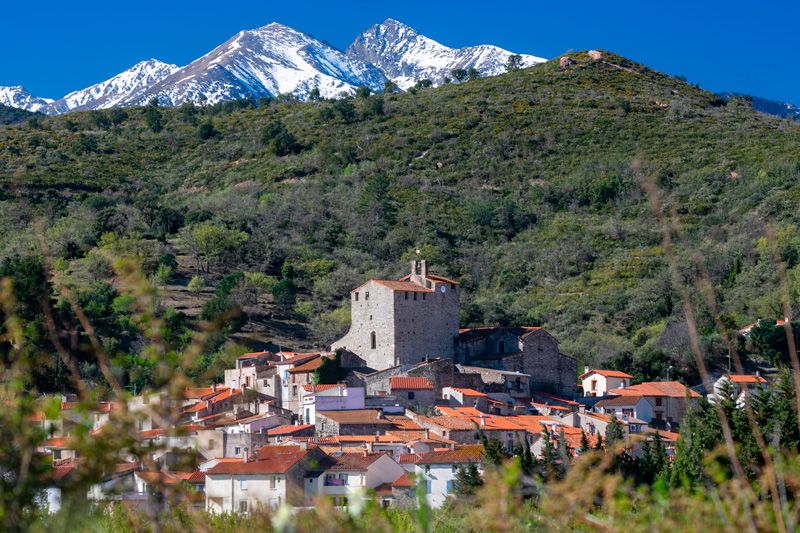
BOULETERNÈRE
On the Canigó’s foothills, discovering Bouleternère is like entering in a garden. Irrigated by many canals, the peach orchards contrast with the severe mountain.
Then, you discover the ‘’old Boule’’: winding and narrow alleys, old Catalan houses, remains of doors and ramparts, the village doesn’t lack of allure. The rectangular donjon overlooking everything is clearly recognizable. In the centre of this village, the two churches of Bouleternère make the beauty of this place.
Atypical, quite often unknown, the village is a dive in the deepest waters of this territory’s history.
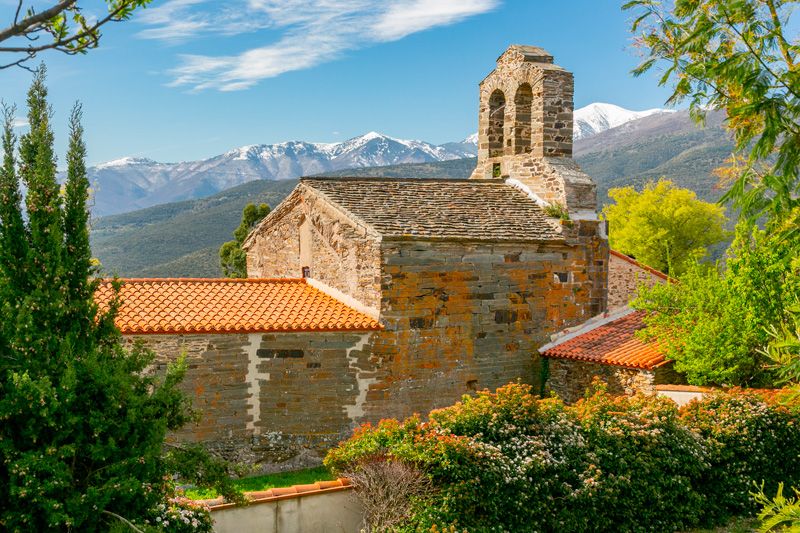
CASEFABRE
Casefabre is a peaceful heaven for nature lovers. From its reliefs, the village offers a unique view on the dam of Vinça till the Albères including the Canigo and Batère tower. That’s why you should take time to wander in the paths through the holm oaks forests.
Keep your eyes wide open because the ‘’oronge’’ (a variety of mushroom) especially likes Casefabres’ soil!
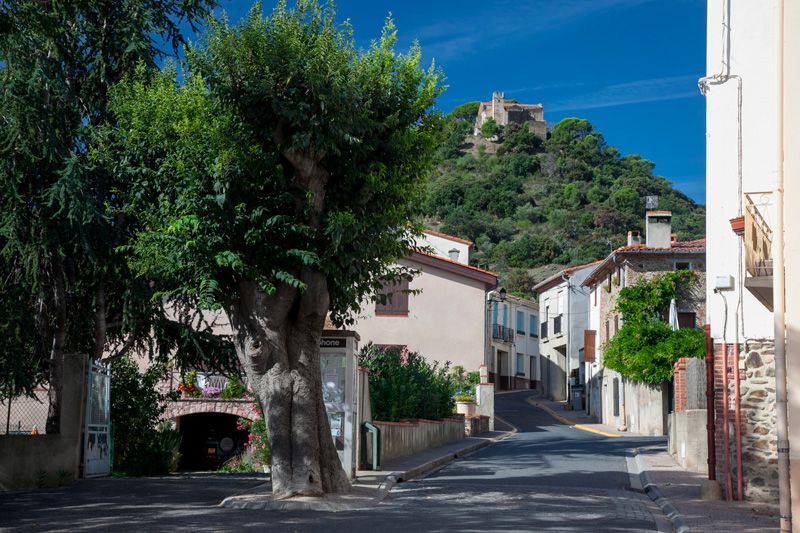
CORBÈRE
Corbère is the history of a movement. From the woods to the castle, Corbera del Bosc became Corbera de Dalt. Inhabitants moved a bit at a time to the plains – Corbera del Mig – before gathering in a common entity in the 19th century. Corbère was born.
Ruins of ancient villages, castle and churches are traces of this strange destiny.
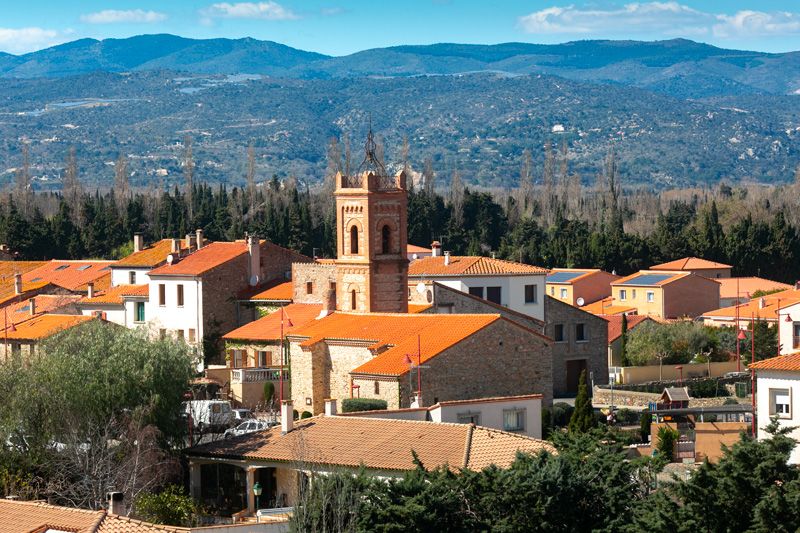
CORBÈRE LES CABANES
Corbère les Cabanes is a result of an ancestral rivalry. Located on the ‘’Cami Real’’ which connected Perpignan to Cerdagne, the hamlet had been related to its neighboring village for a long time, Corbère. But the quarrels multiplied over the years untill the separation in 1856. Corbère les Cabanes is one of the youngest village of Roussillon, at the foot of the mount Montou.
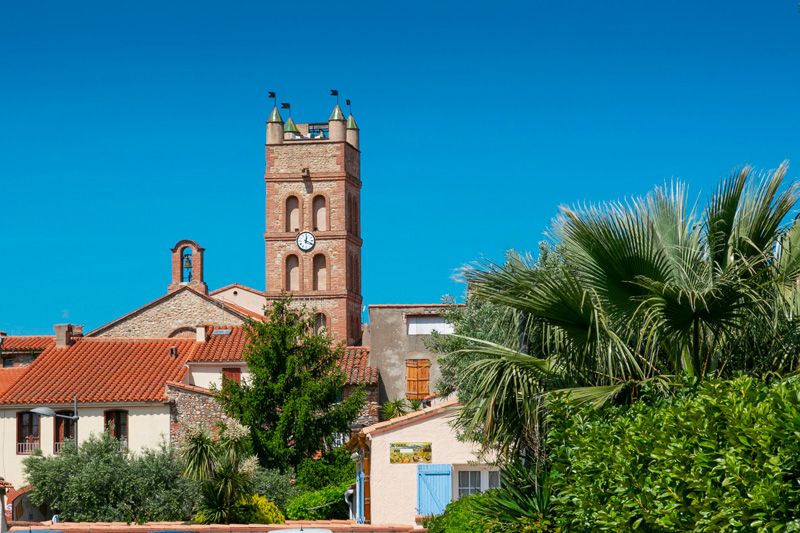
CORNEILLA LA RIVIÈRE
Corneilla la Rivière is a rural commune in full expansion that deserves to be known. This commune is the ideal base camp to reach the highest point of the Roussillon plain : Forca Real (507 meters high). At the top, the view is breathtaking. A 360° view over the Aspres, the Conflent, the Corbières up to the Côte Vermeille. Behind its tranquility, Corneilla la Rivière is also an exceptional playground for thrill-seekers. In microlight or paragliding, have it off in the Catalan sky! Then go for a tasty break in one of the exceptional Corneilla’s vineyard. The sunny and windy hillsides of Força Real form a great terroir to raise wines of character.
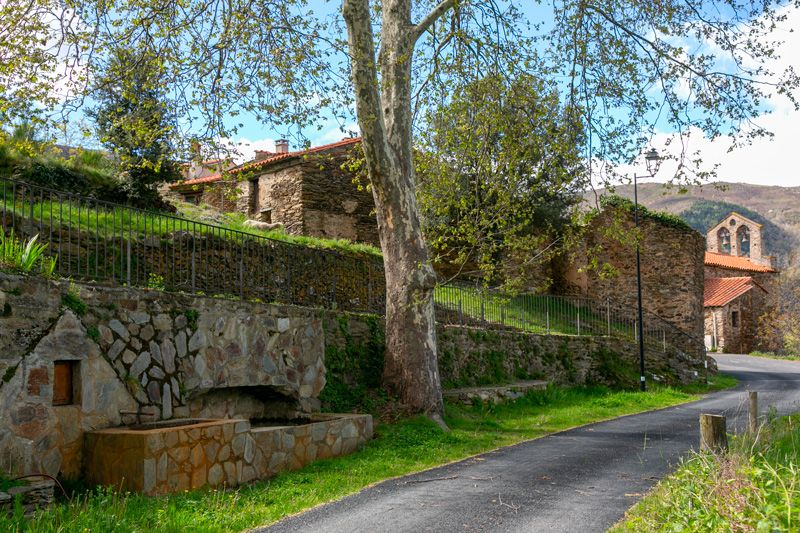
GLORIANES
This small bucolic village gathered around its church is a green bower, a hikers’ paradise. Alright, you will have to climb up to reach the ridge but what a view!
From the Canigou to the Madrès until the Capcir summits, Glorianes is the perfect place to take a step aside.
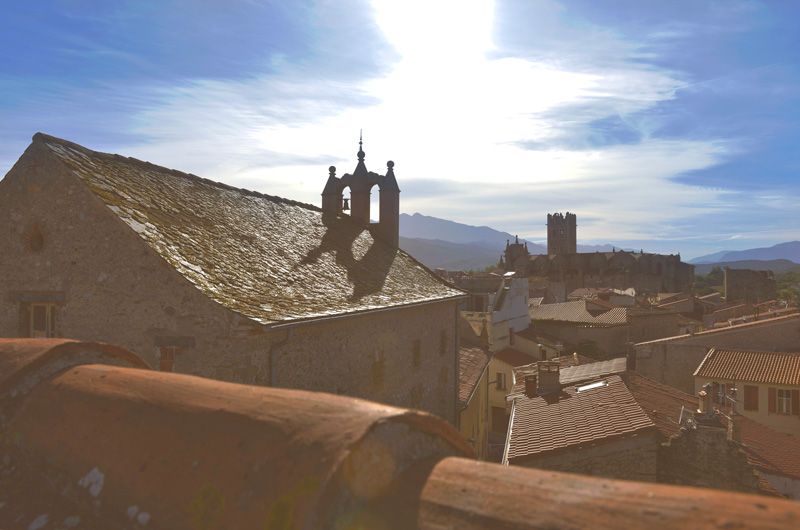
ILLE SUR TÊT
Following the Tet river, Ille-sur-Têt progressively appears. The Canigó in the background, then the impressive tower of Saint Etienne’s church rises in the catalan skies. The old town might seems asleep, but it’s not!
Ille-sur-Têt is full of historical treasures. Down a rampart, a door or a spire… walls have stories to tell. You will find some of these historical traces visiting the Hospice d’Ille, place of cultural heritage of the department.
From the “Pessebre” of Christmas to the “Regina” of Easter, Ille’s lifestyle follows the rhythm of seasons and celebrations.
Before you leave the town, cross the river and discover Les Orgues d’Ille sur Têt. This unique site impresses with its astonishing natural sculptures called the “fairy chimneys”. A unique mineral landscape with coloured reliefs where clays and sands were shaped by water and blown off the Pyrenean massif then dropped in the Têt valley 5 million years ago. Let the magic of this place takes you…
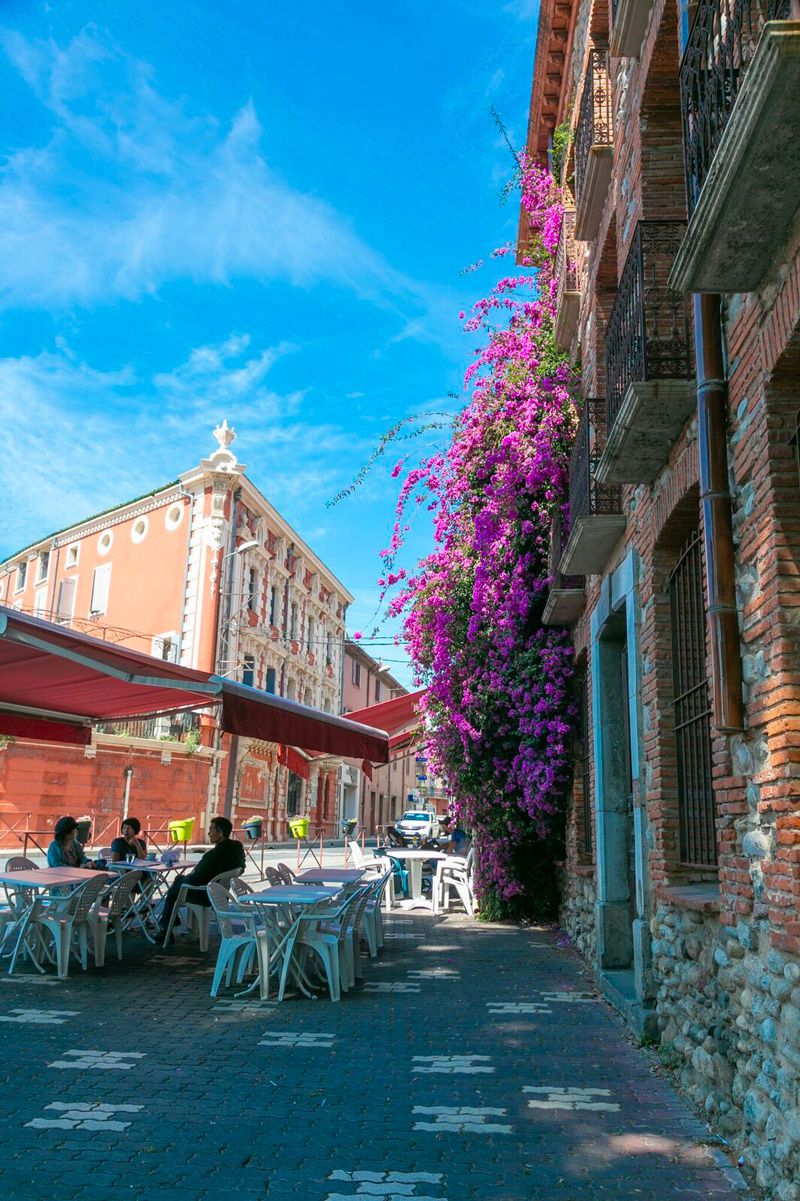
MILLAS
Colored and animated, Millas is a city full of surprises!
The old rural village has grown since the Middle Ages according to its agricultural activities. Some says that the millet gave its name to the village. Vines and fruits yards still compose Millas surroundings and the olive cultivation is the symbol of the local know-how! The discovery of the production’s secrets of “Catalan green gold” in one of Millas’ oil mills is something you can’t miss!
Looking for local traditions, celebrations and/or parties? The Feria of Millas is the climax of the summer season in Roussillon Conflent, and it attracts thousands of people every year. Easter holidays are also very important in town where the Bunyete (doughnut of great finesse, light and crunchy) is born.
Sportives and courageous cyclists cans also find their way, climbing up to Força Réal to enjoy one of the most impressive views of the Roussillon plain!
Millas is one of a kind!
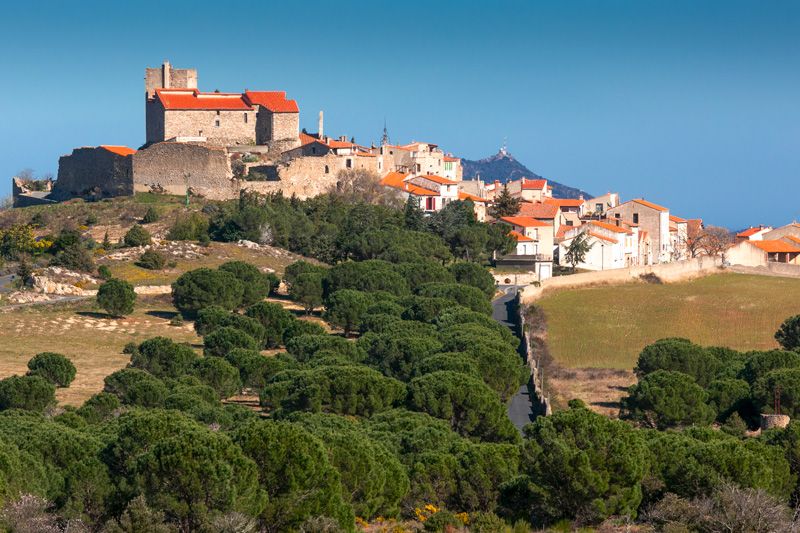
MONTALBA LE CHÂTEAU
Protected by the 13th century castle’s ramparts, Montalba le Château is a heaven for local producers !
Maybe because of its location on Canigo’s foothills or its agropastoral history ? Here, vine, almond trees and olive trees are cultivated, honey is harvested and alpacas are even bred! But the goat is unquestionably the queen of this land! A popular celebration is even organised especially for it the first Sunday of October!
After that, Montalba le Château gets back to its tranquillity.
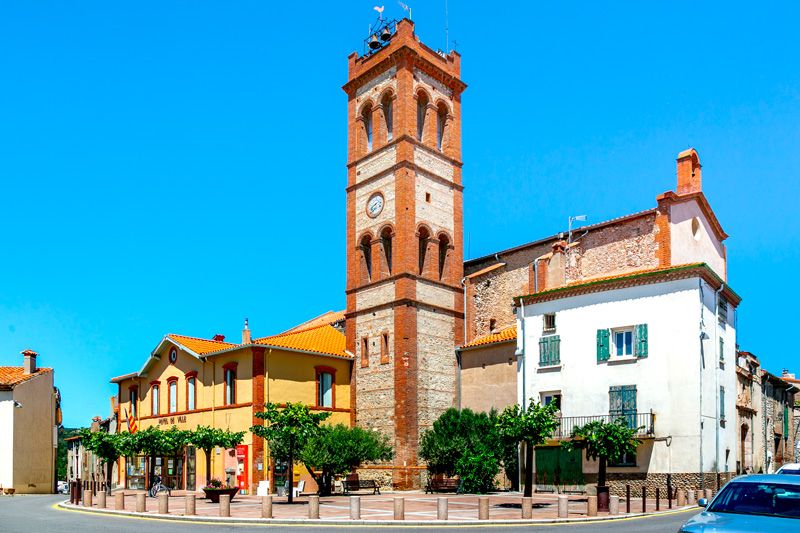
NÉFIACH
Enjoying the calm that rules over the village, can you imagine that Nefiach was a border?
Smugglers, pillages or fugitives, the past of Néfiach is as tumultuous as its peaceful present. The prints of this rich history are hidden under the “maquis catalan” that conquered the surrounding mountain hills, always green by its holm oaks, corks oaks and kermes oaks covering the old grazing.
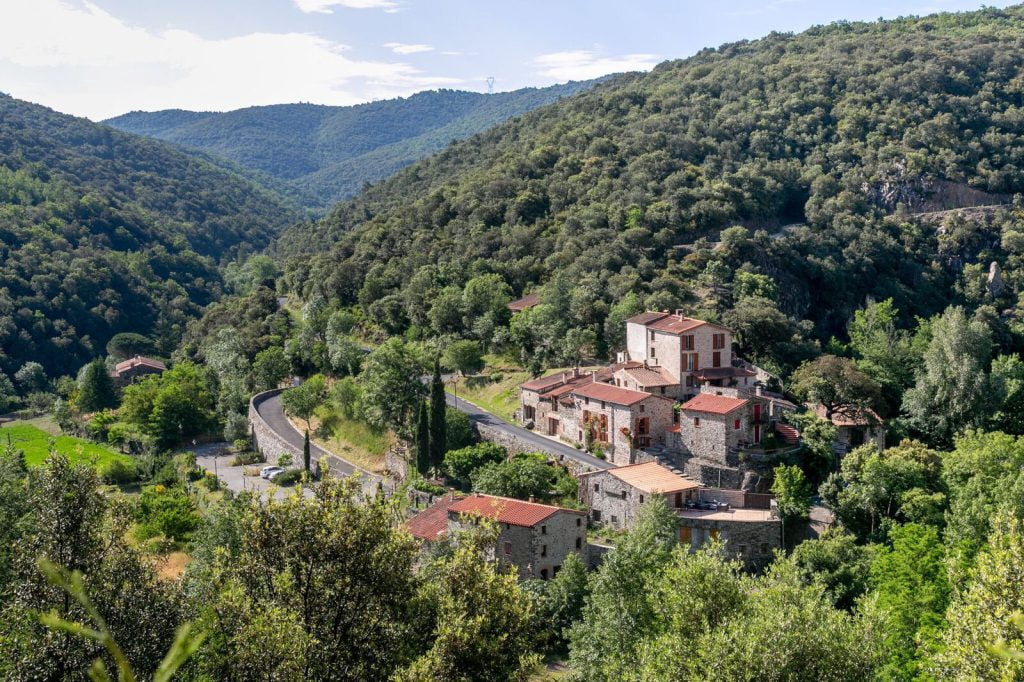
PRUNET ET BELPUIG
The village of Prunet and Belpuig is born from the reunification of three old hamlets covering a vast territory: Prunet, Belpuig and Lo Serrat. In the shade of holm oaks forests or along sunny ridges, hikers will find in Prunet et Belpuig one of the most pleasant playground!
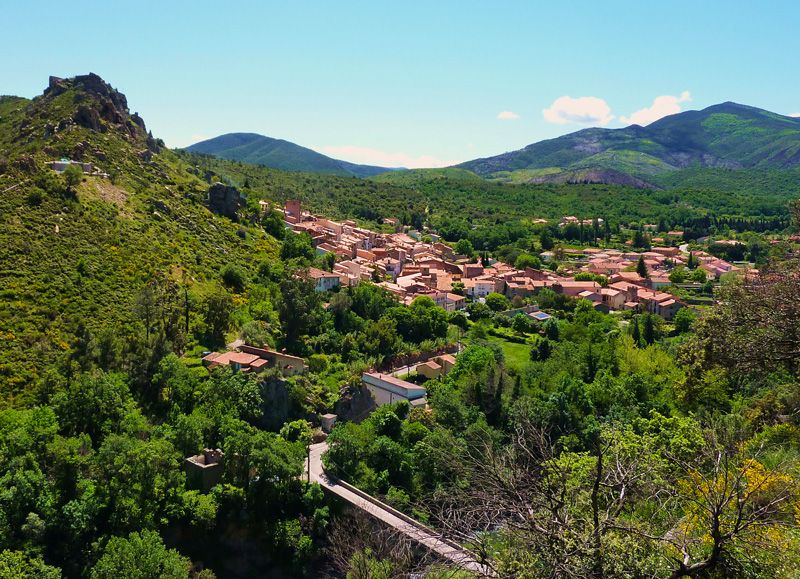
RODÈS
What is the common point between Perpignan, Marseille, Sète and Toulouse? The answer is Rodès. Streets of those cities were paved with the exceptional granite mined in Rodès former quarry. This piece of history illustrates the spirit of this discreet and astonishing village. Laid against its rocky spur and overhung by the ruins of its ancient castle, Rodès is like a cascade of painted tiles. Upstream the village, the Têt river’s flow is stopped by Vinca’s dam before emptying into the “Gorges de la Guillera”. To complete your discovery of Rodès, cross the national road and climb up through oaks and olive trees to a little peak where the Domanova hermitage is waiting for you and gives a fantastic point of view on the surrounding mountains.
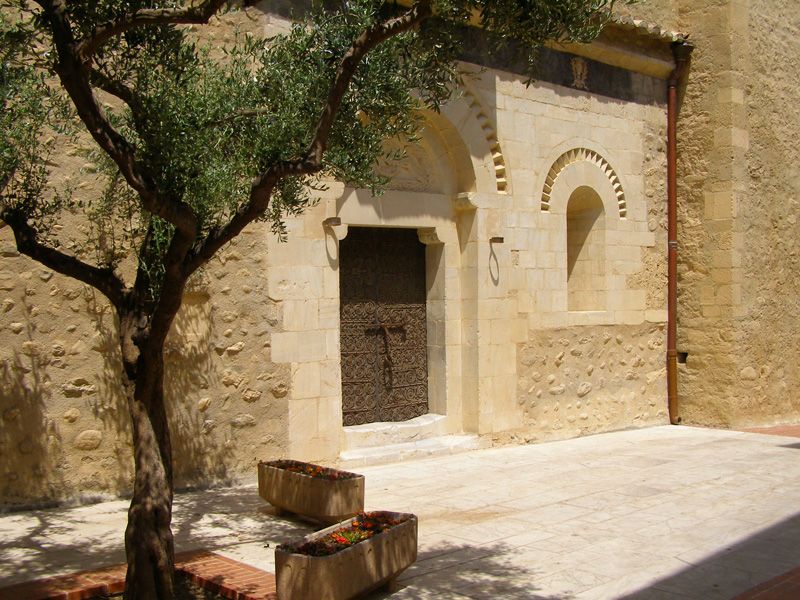
SAINT FELIU D’AMONT
In Saint Feliu D’Amont, all is about water.
First with the fountains surrounding the village and keeping the ancestors’ memories: Saint Apollinie, Font dels Prats, Fontanilles… Then, with the Têt River, the Comelade River and the mill stream which waters lands and plantations.
Old stones charm blends harmoniously with the vitality of this village in expansion.
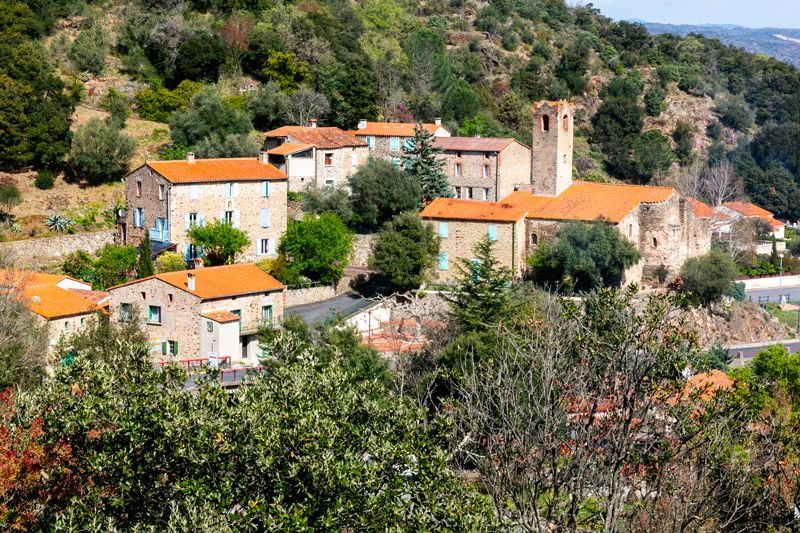
SAINT MICHEL DE LLOTES
Nested in a beautiful holm oak forest, on the edge of the Aspres, Saint Michel de Llotes seduces the visitors. The roman apse of Saint Michel church, provencal farmhouses and flowered veïnats (hamlets) compose the identity of this small bucolic village. Tranquillity guaranteed!
CARTE INTERACTIVE
Un hôtel, un resto, un site
culturel ou naturel, géolocalisez
tout ce dont vous avez besoin
pour préparer votre séjour.

CARNET DE VOYAGE
Créez votre séjour sur mesure
dans votre carnet de voyage.
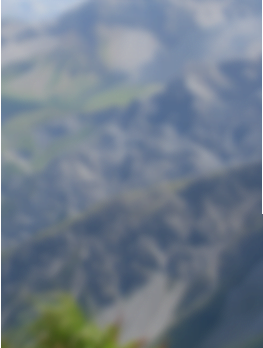
TOURISME &
HANDICAP
Retrouvez tous les sites et lieux
de vacances labellisés Tourisme
& Handicap



